Insider’s Guide: Top 7 Statues in Budapest with Fascinating Backstories
- 11 Jul 2023 7:29 AM

In this insider’s guide, we reveal seven significant and unusual statues and installations, from an anonymous chronicler to a little princess.
1. Anonymous Statue – Anonymus Szobor
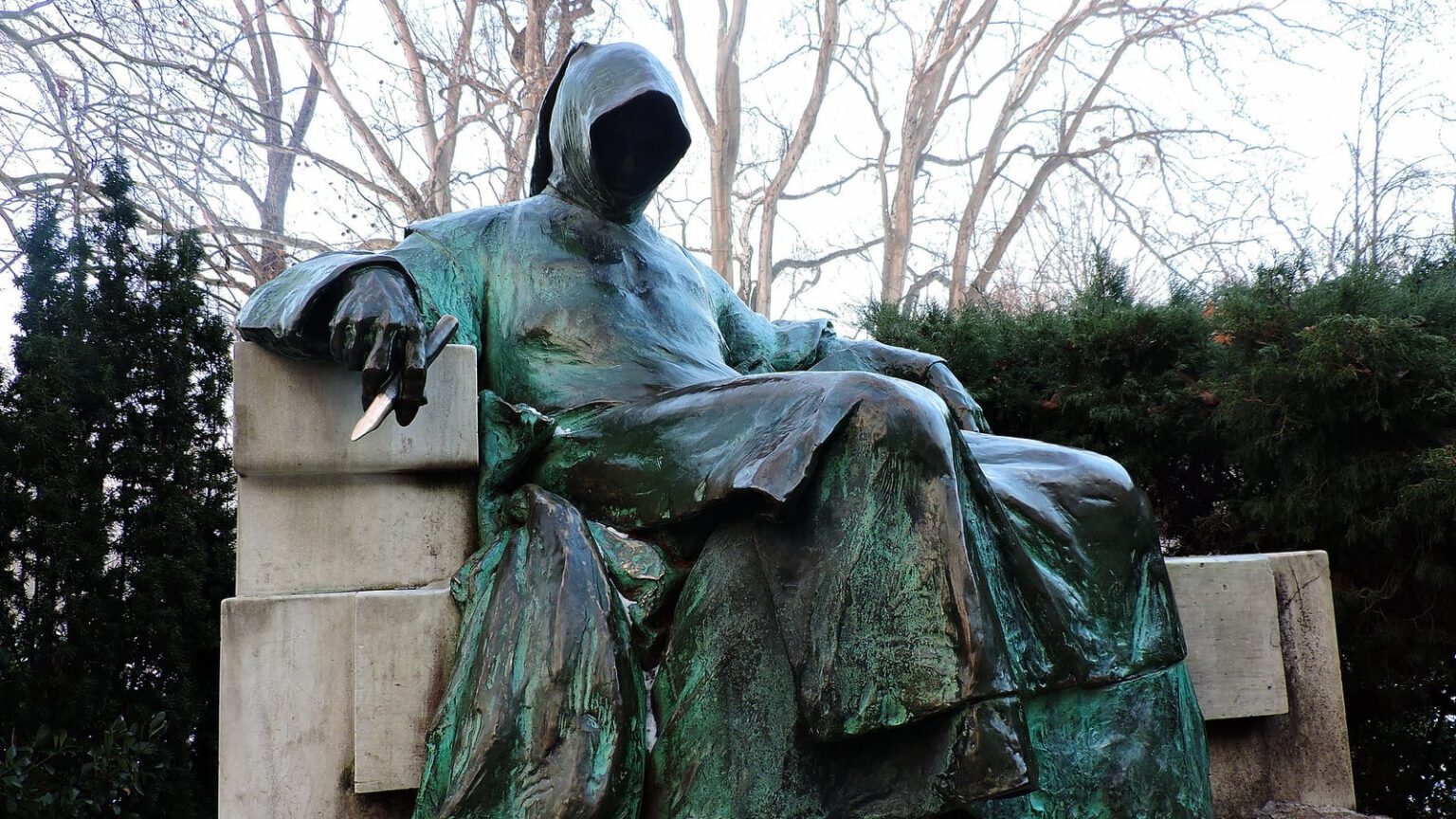 Location: By the Museum of Hungarian Agriculture, City Park
Location: By the Museum of Hungarian Agriculture, City Park
Legend has it that this mysterious statue represents an unknown chronicler of medieval Hungary. With his face shrouded by a hood, he holds a pen and a book, embodying the unsung heroes of history. Carved by Miklós Ligeti in 1903, this enigmatic figure invites contemplation on the importance of the written word.
2. Batthyány Memorial Flame – Batthyány Lajos-örökmécses
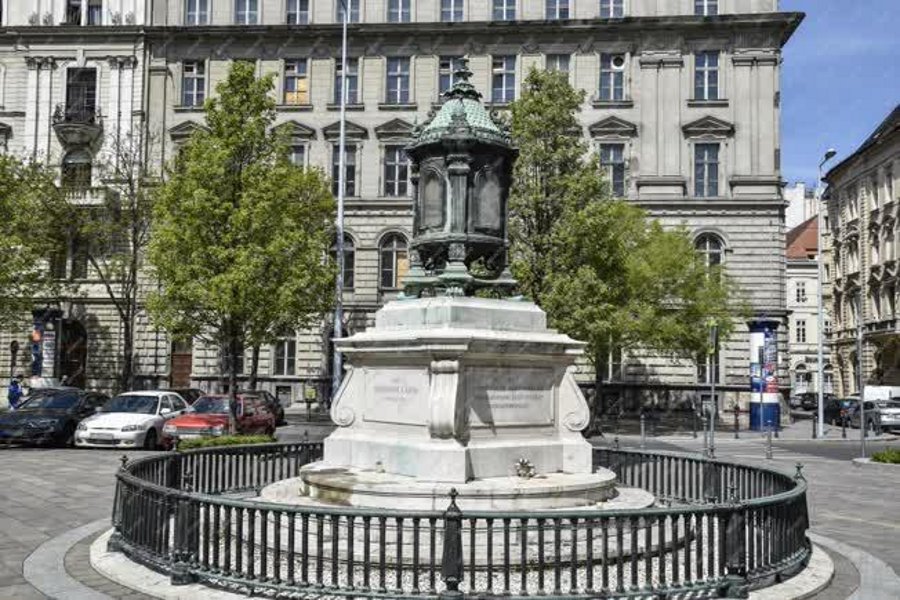 Location: Báthory utca/Aulich utca
Location: Báthory utca/Aulich utca
Marking the spot where Hungarian hero Lajos Batthyány was executed in 1849, this moving memorial was unveiled on the anniversary of the event in 1926. Batthyány had been the Hungarian leader during the turbulent year of 1848, when the Magyars rose up against their Habsburg overlords.
After the rebellion was put down, the Austrians hung or shot 13 Hungarian generals at Arad on the same day as Batthyány died by firing squad in Budapest. ‘Long live the homeland’ he is said to have shouted, as the noise of gunfire filled the air.
In a more unusual memorial, Hungarians never clink beer glasses by way of salutation, as that is how the Austrians celebrated their grim deed that day in Arad.
3. Harry Hill Bandholtz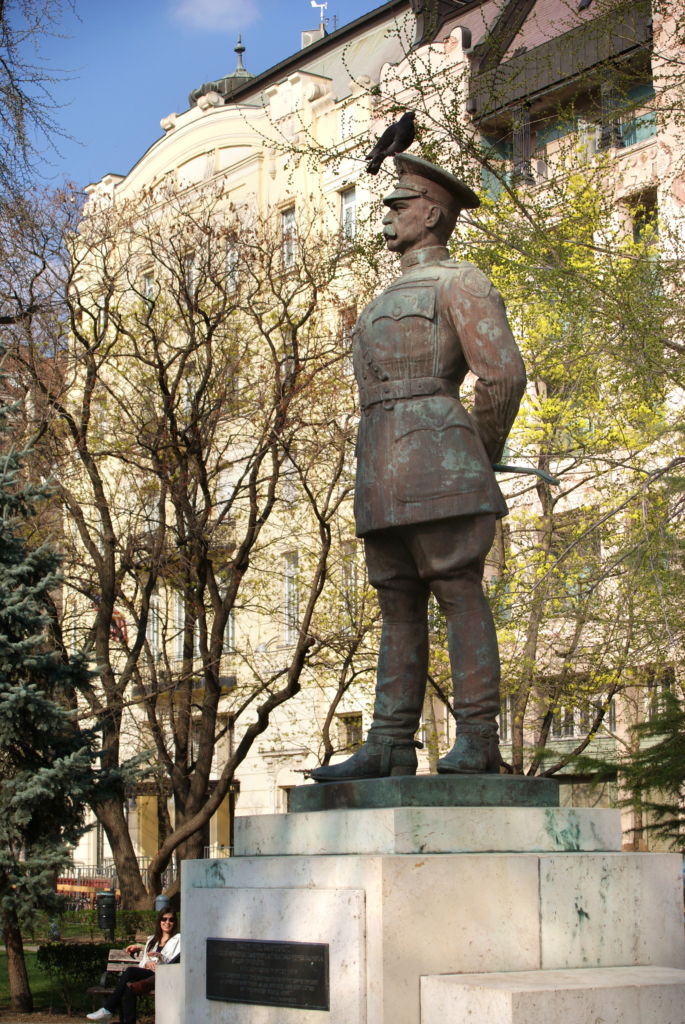 Location: Szabadság tér
Location: Szabadság tér
This stern-looking general from World War I stands at an appropriate location, near the American Embassy on one of the most prominent squares in downtown Budapest.
Bandholtz was an unlikely hero in 1919 when he personally prevented Romanian forces from bursting into the National Museum and making off with no end of historic treasure.
With Budapest in chaos in the aftermath of the conflict, this military man from Michigan stood as a beacon of calm as he shooed away the would-be looters with little more than a riding crop and, most potently, an official seal from the US Embassy, inserted on the doors.
The statue was removed by the Communist authorities in 1949 but restored to its rightful place before a presidential visit by George Bush in 1989.
4. Fat Policeman – Békebeli rendőr Location: Zrínyi utca, corner of Október 6 utca, District V
Location: Zrínyi utca, corner of Október 6 utca, District V
Prepare to chuckle as you encounter the amusing Fat Policeman statue on a busy corner of downtown Budapest. Depicting a robust traffic officer, this bronze figure stands proudly with a jolly expression, directing imaginary traffic with exaggerated gestures.
Created by András lllyés in 2008, it is said to depict a cartoon character from Hungarian newspapers in the late 1800s, András Mihaszna. Passers-by rub his belly for good luck.
5. The Little Princess – Kiskirálylány szobor Location: Belgrád rakpart, near Vigadó tér
Location: Belgrád rakpart, near Vigadó tér
Perched by the Danube, this whimsical statue portrays a young girl sitting on a railing, gazing longingly toward the river. Crafted by László Marton, it represents the spirit of Budapest, capturing the city's innocence, dreams, and endless possibilities. A beloved figure and popular selfie spot, the Little Princess has become a symbol of hope and resilience.
6. Imre Nagy
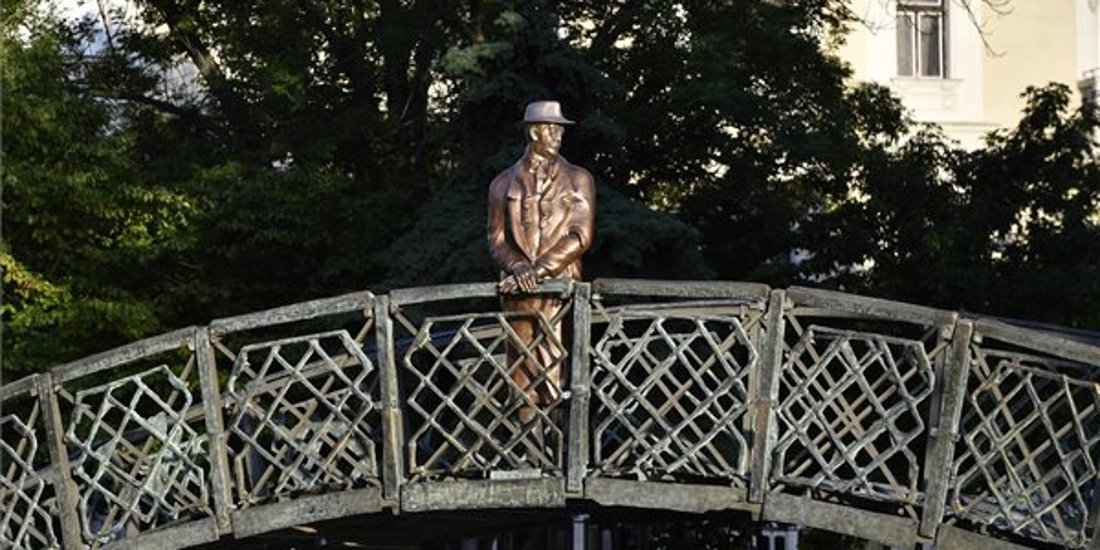
Location: Jászai Mari tér, by Margaret Bridge
One of the most poignant statues in Budapest, this likeness of the hero of the 1956 Uprising stands halfway along a bridge. Originally overlooking the Parliament building where Nagy had served until the fateful day of 4 November 1956 when Soviet forces crushed the Hungarian rebellion, the statue was later moved to this quite hidden location near Margaret Bridge.
A Communist leader who had defied Moscow, Nagy was later lured from his bolthole in the Yugoslav Embassy, tried in secret and executed. Details of his grave at Újköz Cemetery, the infamous plot 301, was also kept from Hungarians until 1989, when his reburial became a huge public occasion months before the fall of the Berlin Wall.
7. Shoes on the Danube Bank – Cipők a Duna-parton
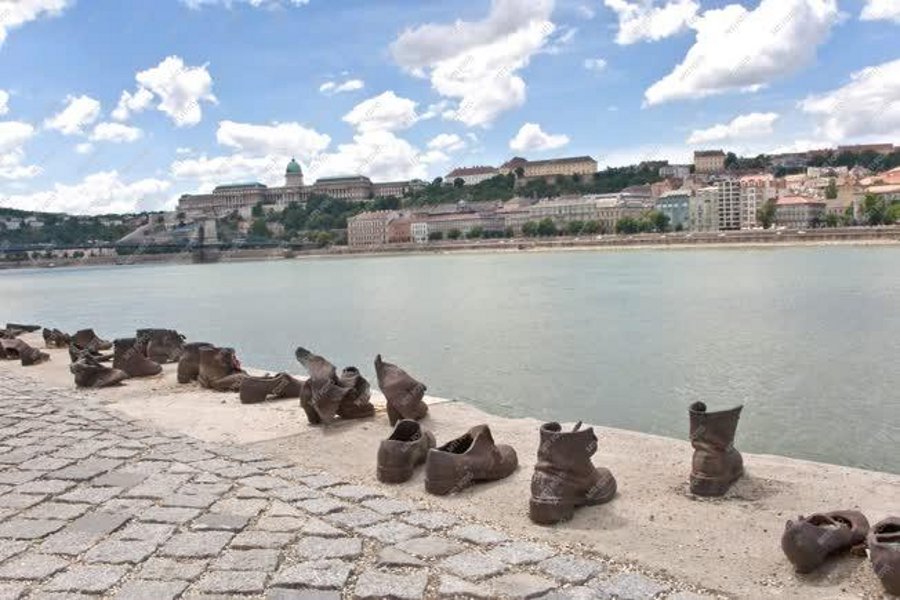
Location: id Antall József rakpart, near Parliament
A poignant memorial, this sculpture pays tribute to the victims of the Holocaust. Created by Gyula Pauer and Can Togay, it comprises 60 pairs of iron shoes scattered along the riverbank, symbolising the Jews who were forced to remove their shoes before being shot and pushed into the Danube towards the end of World War II.
A solemn reminder of the atrocities of the past, it stands as a call for compassion and remembrance.
MTI Photos
Words by Peterjon Cresswell for Xpatloop.com
Peterjon has been researching the byways of Budapest for 30 years, extending his expertise across Europe to produce guidebooks for Time Out and his own website liberoguide.com



























LATEST NEWS IN getting around